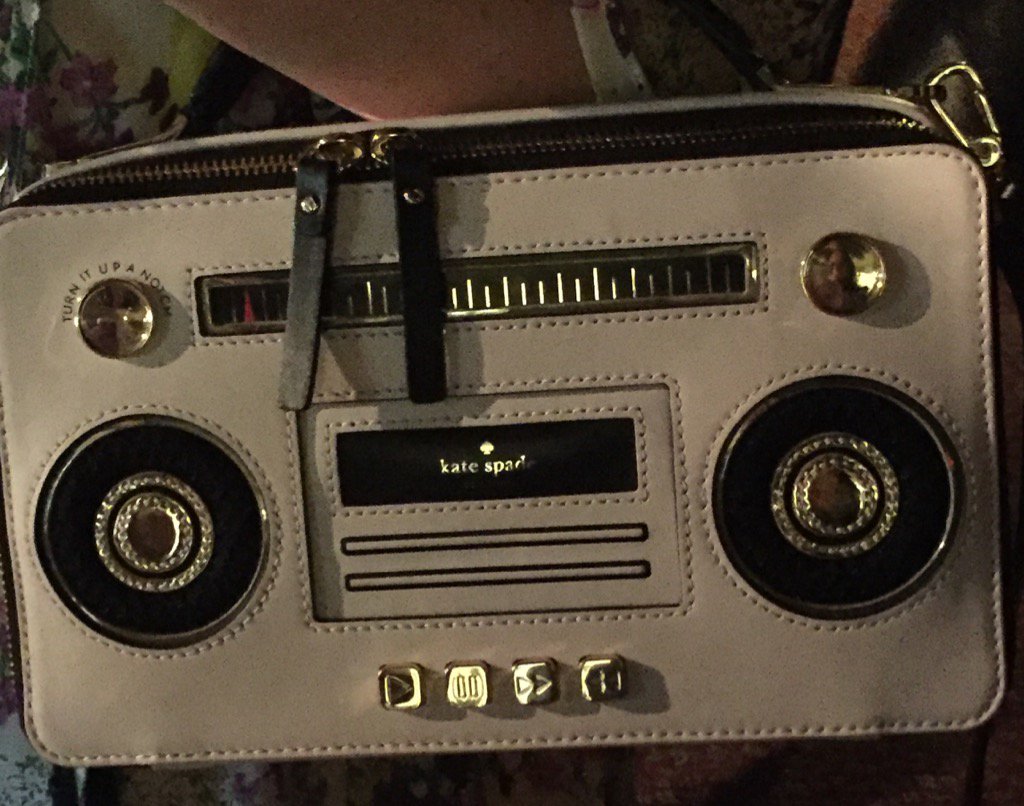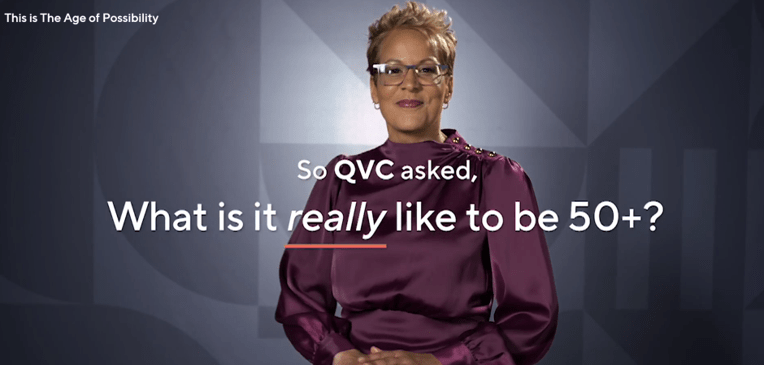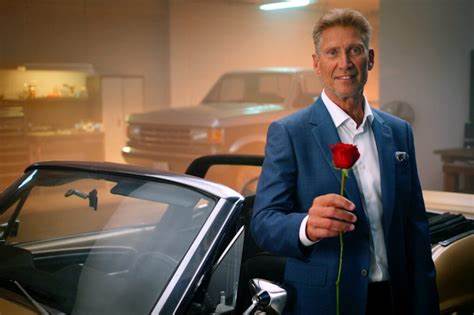
When the going gets tough, the tough find revenue somewhere.
These days, radio’s directors of sales have to creatively divine money wherever they can – even in unconventional places. But when you’ve got ample audience in unpopular demographics, you’d better make the best of a challenging situation.
It’s not a great time for many radio stations – even those in the upper echelons of a market’s rankers. It’s no party in television either where our brothers and sisters on the tube are scrapping to make their second quarters, despite the headwinds.
 A current example of this new sales focus is QVC, one of the early television shopping channels. While Home Shopping Network was first-in (co-founded by Florida radio operator Bud Paxson), QVC had made its mark since coming on the scene in 1986.
A current example of this new sales focus is QVC, one of the early television shopping channels. While Home Shopping Network was first-in (co-founded by Florida radio operator Bud Paxson), QVC had made its mark since coming on the scene in 1986.
Interestingly, QVC – which stands for quality, value, and convenience – got its start selling shower radios for $11.49. And a little known fact, manly man Mike Rowe (“Dirty Jobs”) served as a late night host on QVC in the early 90’s. Back in the day, competition for these host jobs was intense. A story in Mental Floss says that of 3,000 wannabes who attended open auditions back in 2007, only two were hired.
But these days, QVC has other goals. They’re launching a bold new campaign – “Age of Possibility” – a not-so-subtle effort to attract a demographic most brands would rather ignore:
50+ women
To embrace these mature shoppers, QVC is pulling out all the stops, including forming what they’re calling the “Quintessential 50” (or “Q50”), a prestigious list of 50 “authentic and inspiring” women of fame, including Martha Stewart, Queen Latifah, and Naomi Watts.
This investment in personalities is a wise move by a brand that has no celebrity of its own. But a group of this caliber illustrates how QVC is thinking big for this campaign. Many of those glamorous Q50 spokeswomen will be influencing the channel’s programming and inventory choices, as well as getting them out to U.S. cities and communities in what Retail Wire calls “local activations.” QVC is supporting the campaign with multi-platform assets – videos, social posts, and producing an infomercial on “Good Morning, America.”

If this sounds like an approach that a smart radio station might employ – strong personalities and a campaign that takes its message to the streets, you can see the wisdom of this strategy. But the aspect of QVC’s marketing that departs from most radio efforts is that QVC’s is unashamedly targeting a demo most brands ignore. Broadcasters consistently downplay their inherent demographic strengths every time they try to ignore the reality that much of their audience has fallen over the demographic cliff…
…and landed in the mall, on online shopping sites, and on channels like QVC where their credit cards and PayPal accounts are always more than welcome. I love radio but I cannot think of another media platform more in denial about its native demographic strengths.
QVC is intentionally embracing the natural aging of its brand. And to further make their case to the buying community, the network has done its homework, commissioning a YouGov survey comprised of 3,700 consumers in the U.S. This new research study conducted in March reveals how a strong majority of women – more than six in ten of those in the 50-70 year-old group – believe the world sees them as a group in decline.
March reveals how a strong majority of women – more than six in ten of those in the 50-70 year-old group – believe the world sees them as a group in decline.
And to that point, less than a third of them say they “feel supported by brands” – much lower than their younger counterparts. Society’s fixation on younger female images and icons is exactly what QVC is challenging with “Age of Possibility.”
Retail Wire quotes another study from Boston Consulting Group’s Center for Customer Insights focusing on mature business customers. That research points to the massive buying power of 50+ shoppers, along with their resiliency in both good and bad economies, as well as their “surprising influence over younger consumers.”
We see this same pattern each year in Techsurvey. Nearly a majority of Baby Boomers say all/most of their holiday shopping this past season was online. And while the percentage of Millennials who fall into this category is admittedly larger, why would any brand turn away nearly half of Boomers, many of whom have deep handbags…and lots of people to shop for? QVC certainly isn’t.
BCG’s advice to marketers? Go after the “vibrant matures” – described as “the top 20% of spenders among 50-to-70 year-olds in each products category, who account for more than half of that age groups purchasing.”
And beyond QVC’s target of women in this age group, the BCG research shows men in this 50+ segment should be key targets as well. That’s because compared to their younger counterparts, they are more “happy, settled, and realistic.”
So, as marketers, first we should look at the purse, wallets, and bank accounts. Because if we have audience in numbers with deep pockets, they have value to advertisers, agencies, retailers, and organizations. Increasingly, the economic plight of younger generations has been compromised by inflation, pandemic, student loans, and other calamities. Cashing in on those over 50’s just makes so much sense.

Courtesy: ABC-TV
The success of ABC’s “Golden Bachelor” also supports the idea of seniors as an entertainment attraction, a show that appealed to a wide audience of linear television viewers.
Finally, QVC is about debunking the claim that when it comes to new brands, mature consumers tend to be “set in their ways.” The quote a CivicScience survey covered in AdAge showing that while 37% of those under 25 are open to switching brands, more than one-fourth (27%) of those 55 and up are, too.
And given their impressive spendable income, QVC is pushing the advertising community to “take a look at the purse,” along with the wallets, bank accounts, and stock portfolios of those 50+.
Radio has a similar story to tell, whether we’re looking at core audience data among commercial, public, or Christian music audiences. Our new Techsurvey 2024 shows the unstoppable aging of the radio audience, and the need for the biggest broadcasters, the RAB, and other industry organizations to marshal resources supporting mature buying power and radio’s ability to efficiently deliver it.
Rather than running away from this reality, radio broadcasters would be wise to follow QVC’s lead – at least for strong brands with dominant older audience – and lean into the gold mine they’re sitting on.
Money talks. Especially old money.
P.S. OK, I got a request. And yes, I know it was written by Smokey Robinson and Bobby Rogers, not the J. Geils Band. – FJ
Originally published by Jacobs Media








